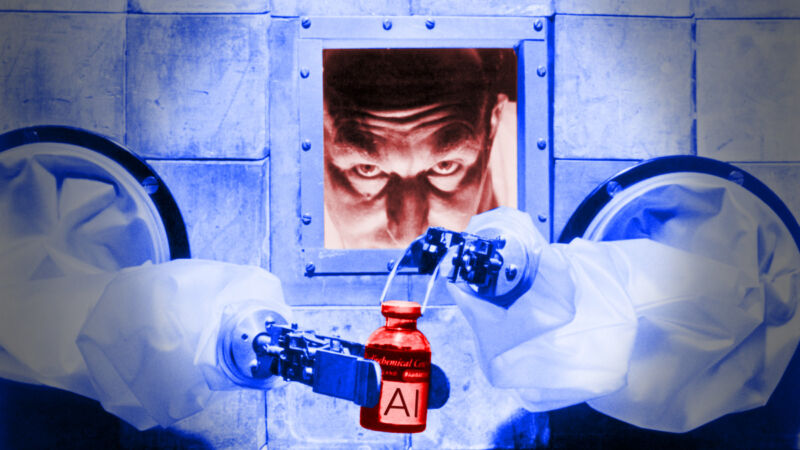Adventures in 21st century regulation —
CEO-heavy board to tackle elusive AI safety concept and apply it to US infrastructure.

On Friday, the US Department of Homeland Security announced the formation of an Artificial Intelligence Safety and Security Board that consists of 22 members pulled from the tech industry, government, academia, and civil rights organizations. But given the nebulous nature of the term “AI,” which can apply to a broad spectrum of computer technology, it’s unclear if this group will even be able to agree on what exactly they are safeguarding us from.
President Biden directed DHS Secretary Alejandro Mayorkas to establish the board, which will meet for the first time in early May and subsequently on a quarterly basis.
The fundamental assumption posed by the board’s existence, and reflected in Biden’s AI executive order from October, is that AI is an inherently risky technology and that American citizens and businesses need to be protected from its misuse. Along those lines, the goal of the group is to help guard against foreign adversaries using AI to disrupt US infrastructure; develop recommendations to ensure the safe adoption of AI tech into transportation, energy, and Internet services; foster cross-sector collaboration between government and businesses; and create a forum where AI leaders to share information on AI security risks with the DHS.
It’s worth noting that the ill-defined nature of the term “Artificial Intelligence” does the new board no favors regarding scope and focus. AI can mean many different things: It can power a chatbot, fly an airplane, control the ghosts in Pac-Man, regulate the temperature of a nuclear reactor, or play a great game of chess. It can be all those things and more, and since many of those applications of AI work very differently, there’s no guarantee any two people on the board will be thinking about the same type of AI.
This confusion is reflected in the quotes provided by the DHS press release from new board members, some of whom are already talking about different types of AI. While OpenAI, Microsoft, and Anthropic are monetizing generative AI systems like ChatGPT based on large language models (LLMs), Ed Bastian, the CEO of Delta Air Lines, refers to entirely different classes of machine learning when he says, “By driving innovative tools like crew resourcing and turbulence prediction, AI is already making significant contributions to the reliability of our nation’s air travel system.”
So, defining the scope of what AI exactly means—and which applications of AI are new or dangerous—might be one of the key challenges for the new board.
A roundtable of Big Tech CEOs attracts criticism
For the inaugural meeting of the AI Safety and Security Board, the DHS selected a tech industry-heavy group, populated with CEOs of four major AI vendors (Sam Altman of OpenAI, Satya Nadella of Microsoft, Sundar Pichai of Alphabet, and Dario Amodei of Anthopic), CEO Jensen Huang of top AI chipmaker Nvidia, and representatives from other major tech companies like IBM, Adobe, Amazon, Cisco, and AMD. There are also reps from big aerospace and aviation: Northrop Grumman and Delta Air Lines.
Upon reading the announcement, some critics took issue with the board composition. On LinkedIn, founder of The Distributed AI Research Institute (DAIR) Timnit Gebru especially criticized OpenAI’s presence on the board and wrote, “I’ve now seen the full list and it is hilarious. Foxes guarding the hen house is an understatement.”